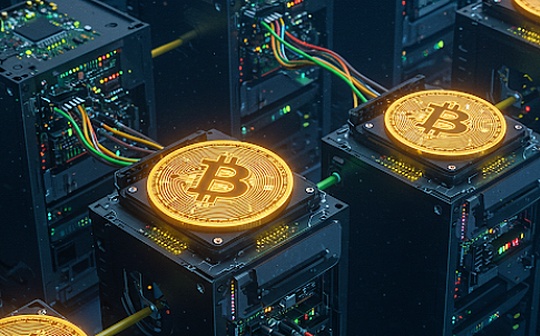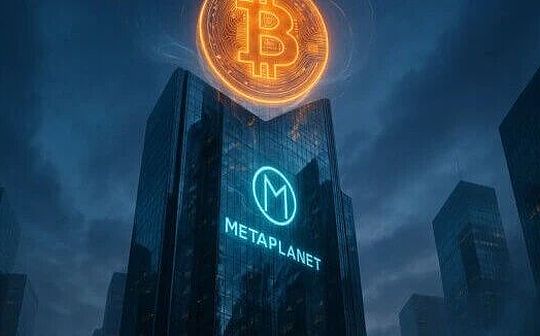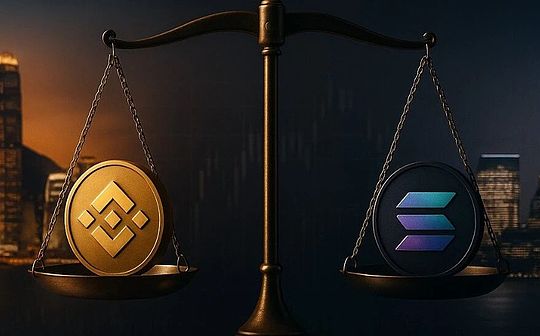
source:US SEC Corporate Finance Department;Compiled: AIMan@Bitchain Vision
Preface
To make clearer the applicability of the federal securities laws to crypto assets, the SEC’s corporate finance department is commenting on certain activities on the Proof of Work Network, known as “mining” .
Specifically, this statement is directed to mining of crypto assets that are inherently linked to the programmatic operations of public, license-free networks, which are used to participate in consensus mechanisms of such networks and/or obtained by participation in such mechanisms, or used to maintain the technical operation and security of such networks and/or obtained by maintaining the technical operation and security of such networks.In this statement, we call these crypto assets “Covered Crypto Assets” and our mining on the Proof of Work Network “Protocol Mining”.
Protocol mining
The network relies on encryption technology and economic mechanism design to eliminate the need for designated trusted intermediaries to verify network transactions and provide settlement guarantees to users.The operation of each network is controlled by the underlying software protocol, which consists of computer code that programmatically executes certain network rules, technical requirements, and reward allocations.Each protocol contains a “consensus mechanism” or method to enable a distributed network of irrelevant computers (called “nodes”) maintaining a peer-to-peer network to agree on the “state” of the network or the authoritative record of the ownership balance of the network address, transactions, smart contract codes, and other data.Public, permissionless networks allow anyone to participate in the operation of the network, including verifying new transactions on the network based on the network’s consensus mechanism.
Proof of Work (“PoW”) is a consensus mechanism that incentivizes network transaction verification by rewarding network participants (called “miners”) that operate nodes to add computing resources to the network.PoW involves verifying transactions on the network and adding them to the distributed ledger as blocks.”Work” in PoW is the computing resources that miners contribute to validating transactions and adding new blocks to the network.Miners do not have to own a network of covered crypto assets to verify transactions.
Miners use computers to solve complex mathematical equations in the form of password puzzles.The miner competes with his peers to solve these puzzles, and the first miner to solve the puzzle is to accept batch transactions from other nodes and verify (or propose) new transaction blocks to the network.In exchange for providing verification services, miners receive “rewards” in the form of new “mints” or created protected crypto assets delivered under the terms of the agreement.In this way, PoW incentivizes miners to invest the necessary resources to add effective blocks to the network.
Miners providing verification services can only receive rewards if other nodes in the network verify that the solution is correct and valid through the protocol.To do this, once the miner finds the right solution, it broadcasts this information to other miners who can verify that the miner has correctly solved the puzzle to get a reward.Once the verification is passed, all miners add the new block to their own network copy.PoW is designed to protect the network by requiring miners to spend a lot of time and computing resources to verify transactions.When the verification process runs this way, it not only reduces the likelihood that someone is trying to break the network, but also reduces the possibility that miners include changes, such as those that allow for a “double payment” to regulated crypto assets.
In addition to mining by yourself, miners can also join “mining pools”, which allow miners to integrate their computing resources to increase opportunities for successful verification of transactions and mining new blocks on the network.Mining pools have developed into various types, each with different operating methods and reward distribution methods.Pool operators are usually responsible for coordinating miners’ computing resources, maintaining mining hardware and software for mining, supervising pool security measures to prevent theft and cyber attacks, and ensuring miners receive rewards.In return, the pool operator charges a fee that is deducted from the share of rewards the miner receives in the pool.The reward payments vary from mining pool to mining pool, but the rewards are usually allocated proportionally to the entire mining pool based on the amount of computing resources each miner contributes to the mining pool.The miner has no obligation to stay in the mining pool and can choose to leave the mining pool at any time.
SEC’s Department of Finance’s view on agreement mining activities
This department considers that, in the circumstances stated in this statement,The “mining activities” related to agreement mining (defined in this statement) do not involve the issuance and sale of securities as defined in Section 2(a)(1) of the Securities Act 1933 (the “Securities Act”) and Section 3(a)(10) of the Securities Exchange Act 1934 (the “Transaction Act”).Therefore, this department believes thatParticipants in mining activities do not need to register transactions with the U.S. SEC under the Securities Act, nor do they need to comply with one of the Securities Act’s registration exemptions for these mining activities.
Agreement mining activities covered by this statement
The Department’s perspectives relate to the following protocol mining activities and transactions (“mining activities” and each “mining activity”): (1) mining protected crypto assets on the PoW network; (2) the roles of pool and pool operators involved in the protocol mining process, including their roles in earning and allocating rewards.This statement only relates to mining activities related to the following types of protocol mining.
-
Mining by yourself (or alone), that is, miners use their own computing resources to mine protected crypto assets.Miners can operate nodes alone or in collaboration with others and mine protected crypto assets.
-
Mining pool,Miners combine their own computing resources with other miners to increase opportunities to successfully verify transactions and mine new blocks on the network.Reward payments may flow directly from the network to the miners or indirectly through the mining pool operators.
discuss
Section 2(a)(1) of the Securities Act and Section 3(a)(10) of the Exchange Act respectively define “securities” by listing various financial instruments, including “stocks”, “notes” and “bonds” .Since the covered crypto assets do not constitute any financial instruments explicitly listed in the definition of “securities”, we analyze certain covered crypto assets transactions involving agreement mining in the context of agreement mining based on the “investment contract” tests set out in SEC v. WJ Howey Co.The “Ouvian Test” is used to analyze arrangements or tools not listed in these statutory terms based on its “economic reality”.
When evaluating the economic reality of a transaction, the criteria to be tested are whether there is a capital investment in the enterprise and whether the investment is based on reasonable expectations of the profits generated by other people’s entrepreneurship or management efforts.Since the Pride case, the federal court explained that the “other’s efforts” in the Howe case requires that “the efforts made by people other than investors are undoubtedly important and are necessary management efforts that affect the success or failure of a company.”
Mining by yourself (or alone)
Miners mine on their own (or alone) to reasonably expect to make profits from other people’s entrepreneurial or management efforts.Instead, miners contribute their own computing resources that protect the network and enable miners to receive rewards issued by the network based on their software protocols.To receive a reward, miners’ activities must comply with the rules of the agreement.By adding their computing resources to the network, miners are simply engaged in organizing or contributing activities to protect the network, verify transactions, and add new blocks and receive rewards.The expectation for miners to receive a reward does not come from the management or entrepreneurial efforts of any third party on which the network succeeds.Instead, the expected economic incentives of the agreement come from the administrative or administrative actions of the agreement mining performed by the miner.Therefore, the reward is the rewards miners receive for the services provided by the network, rather than the profits gained from the entrepreneurial or management efforts of others.
Mining pool
Similarly, when miners combine their computing resources with other miners to increase their chances of successfully mining new blocks on the network, miners do not expect to make profits from other people’s entrepreneurial or management efforts.By adding their own computing resources to the mining pool, miners are simply engaging in administrative or administrative activities to protect the network, verify transactions and add new blocks and receive rewards.Furthermore, no profit expectations for miners are expected from efforts by third parties such as mining pool operators.Even if involved in mining pools, individual miners still perform actual mining activities by contributing their computing power to solve the encryption puzzle used to validate new blocks.Furthermore, neither the miner’s own (or alone) mining or as a member of the mining pool will change the nature of the protocol mining to achieve the purpose of the Howie Test.In either case, as stated in this statement, protocol mining remains an organizational or contributing activity.In addition, mining pool operators use the integrated computing resources of participating miners to operate mining pools mainly in an organizational or contributing nature.While certain activities of mining pool operators may benefit the miner community, no such effort is enough to meet the Ouvian “other people’s efforts” requirements, as miners rely primarily on the computing resources they provide to the mining pool with other members to make profits.To this end, miners joining the pool is not based on their ability to passively make profits from the activities of the pool operators.








